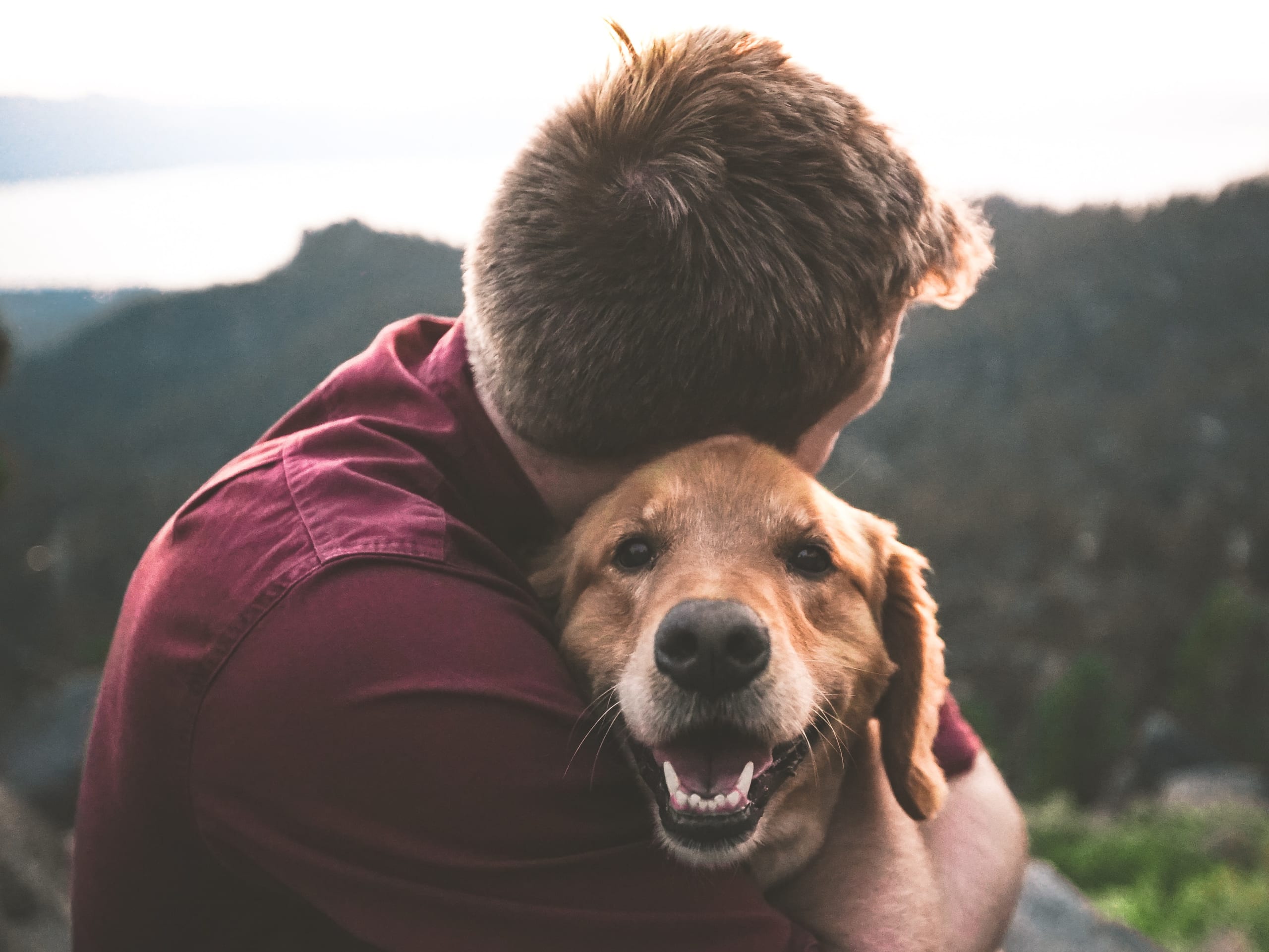When it comes to dogs, sometimes one just isn’t enough. If you’re ready to introduce a second dog to your home, it’s important to make sure your current dog is on board with the plan. Here are some tips from our veterinary team to keep your dogs happy and safe when introducing them to each other.
Before introducing a second dog
Before you bring your new dog home, you should take your current dog to meet them. Any dog that’s up for adoption or for sale should already have been tested for temperament to see how they interact with other dogs. But you want to get a feel for how your dogs will interact with each other since they’ll be living in the same home.
How should you introduce the two? Their meeting spot should be a neutral, outdoor environment such as a dog park. Make sure they’re both on leashes. Keep the leash relatively loose while still maintaining control of your dog. The Humane Society recommends walking the dogs at a distance that allows them to be visible to each other but not close enough to engage each other’s company. Reward them with treats for looking at each other without showing signs of aggression.
The physical introduction
Keep their first introduction short—a quick sniff test will do—before focusing their attention somewhere else. Wait a bit, then bring them back into contact with each other. You want to introduce them gradually without getting them overly excited. Another option is to have your pups meet with a fence or playpen in between them.
Keep an eye on the dogs’ body language while they check each other out. They should be relaxed and curious, not tense. If they start playing with each other, that’s a good sign.
Bringing your new dog home
When introducing a second dog to your home, you should have your current dog come home to your new dog, not the other way around. By bringing your new dog into the home first when introducing the two, your current dog won’t see them as a threat when they enter. It’s important to remove any toys or objects your current dog might want to guard to minimize tension.
Once you see that your two dogs are calm around each other, it’s okay to let them off their leashes and allow them to interact in the house under your supervision. Just make sure you have a “timeout” zone for the dogs to be separate from each other for eating, sleeping, or when they just need a break from socializing.
After introducing a second dog
Keep your dogs separate whenever you’re out of the house, at least for the first few weeks. If they are getting along well, you can leave them alone together for short periods of time to see how it goes. You might want to use a dog camera to see how they do while you’re out.
According to the Pet Poison Hotline, it’s also a good idea to introduce other variables during the first few weeks as a pressure test. Invite guests over and have them play with both dogs to see how they react to the new situation.
Reward your dogs for good behavior around each other with an encouraging, playful tone of voice. If you’re excited, they’ll follow your lead. According to Fetch by WebMD, you should watch for these positive signs of interaction between your dogs:
- Less grumpy moments
- More play time with each other
- Grooming/cuddling each other
Just make sure to monitor their behavior toward each other in the beginning and keep an eye out for any signs of trouble. Take the process slow when introducing your dogs and you’ll be on your way to a happy home with a new addition to the family in no time.















